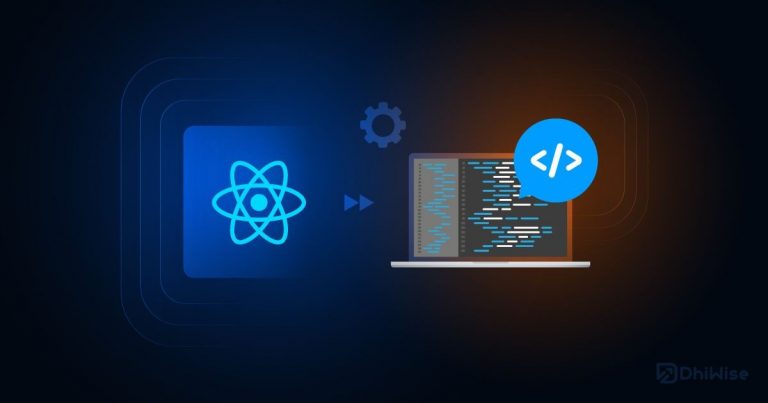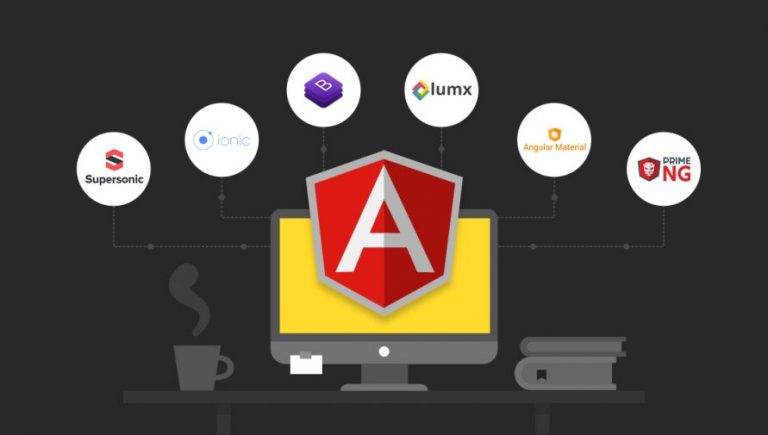- Senin - Jumat, 08:00 - 17:00
- Rukan Permata Senayan, Jl. Tentara Pelajar No.5 Blok E2-E5
- Senin - Jumat, 08:00 - 17:00
Querying Data with Transact SQL
Description
This course is designed to introduce students to Transact-SQL. It is designed in such a way that the first three days can be taught as a course to students requiring the knowledge for other courses in the SQL Server curriculum. Days 4 & 5 teach the remaining skills required to take exam 70-761.
Tujuan Pelatihan
After completing this course, students will be able to:
• Describe key capabilities and components of SQL Server.
• Describe T-SQL, sets, and predicate logic.
• Write a single table SELECT statement.
• Write a multi-table SELECT statement.
• Write SELECT statements with filtering and sorting.
• Describe how SQL Server uses data types.
• Write DML statements.
• Write queries that use built-in functions.
• Write queries that aggregate data.
• Write subqueries.
• Create and implement views and table-valued functions.
• Use set operators to combine query results.
• Write queries that use window ranking, offset, and aggregate functions.
• Transform data by implementing pivot, unpivot, rollup and cube.
• Create and implement stored procedures.
• Add programming constructs such as variables, conditions, and loops to T-SQL code.
Garis Besar Pelatihan
This module introduces SQL Server, the versions of SQL Server, including cloud versions, and how to connect to SQL Server using SQL Server Management Studio.
This module describes the elements of T-SQL and their role in writing queries. Describe the use of sets in SQL Server. Describe the use of predicate logic in SQL Server. Describe the logical order of operations in SELECT statements.
This module introduces the fundamentals of the SELECT statement, focusing on queries against a single table.
This module describes how to write queries that combine data from multiple sources in Microsoft SQL Server.
This module describes how to implement sorting and filtering.
This module introduces the data types SQL Server uses to store data.
This module describes how to create DML queries, and why you would want to.
This module introduces some of the many built in functions in SQL Server.
This module describes how to use aggregate functions.
This module describes several types of subquery and how and when to use them.
Previously in this course, you learned about using subqueries as an expression that returned results to an outer calling query. Like subqueries, table expressions are query expressions, but table expressions extend this idea by allowing you to name them and to work with their results as you would work with data in any valid relational table. Microsoft SQL Server supports four types of table expressions: derived tables, common table expression (CTEs), views, and inline table-valued functions (TVFs). In this module, you will learn to work with these forms of table expressions and learn how to use them to help create a modular approach to writing queries.
This module introduces how to use the set operators UNION, INTERSECT, and EXCEPT to compare rows between two input sets.
This module describes the benefits to using window functions. Restrict window functions to rows defined in an OVER clause, including partitions and frames. Write queries that use window functions to operate on a window of rows and return ranking, aggregation, and offset comparison results.
This module describes write queries that pivot and unpivot result sets. Write queries that specify multiple groupings with grouping sets
This module describes how to return results by executing stored procedures. Pass parameters to procedures. Create simple stored procedures that encapsulate a SELECT statement. Construct and execute dynamic SQL with EXEC and sp_executesql.
This module describes how to enhance your T-SQL code with programming elements.
This module introduces error handling for T-SQL.
This module describes how to implement transactions.
Instruktur Querying Data with Transact SQL

Aisyah Ami Wardhani

Rondi Hidayat

Tazlila Rahmi Rasyid

Target Audience
The main purpose of the course is to give students a good understanding of the Transact-SQL language which is used by all SQL Server-related disciplines; namely, Database Administration, Database Development and Business Intelligence. As such, the primary target audience for this course is: Database Administrators, Database Developers and BI professionals.
Prasyarat
• Basic knowledge of the Microsoft Windows operating system and its core functionality.
• Working knowledge of relational databases.
Material Includes
- 5 hari berinteraksi dengan Instruktur
- Akses e-Learning tanpa batas waktu
- E-Sertifikat
Querying Data with Transact SQL
-
🖥️ Software Developer
-
🔰 Level: Beginner - Intermediate
-
🌎 Bahasa: Indonesia
-
📜 Sertifikat: E-Sertifikat
-
💻 Akses: e-Learning




